Get off your couch and leave your worries behind. Unchain your bike, plan out your route, and let the adventure begin! Cycling has always been a great way to get in shape. However, if you have never done it before, getting started can be a bit challenging.
Before starting anything, take note that your training for cycling must include three elements: education, practice, and recovery. This will help you understand the basics as well as how to go about the activity your own way.
Practice is what makes everything run smoothly when you finally start cycling. Recovery is essential for building up endurance so you can maintain your skills even after training hard for several hours a week.
So if you're looking for the best way to get started, we’ve gathered some tips to help you get on the right track. Whether you're new to biking or just looking for one more way to exercise, the pieces of advice in this guide will show you how easy it is to start training for cycling.
Find the right location. As you are just starting out, you will need a place that’s comfortable and far from the heavy traffic. A good place to start is a flat, smooth stretch of ground such as your driveway or your sidewalk. Those who don’t have space at home can practice in a parking lot or park. Starting off on grass or smooth gravel helps since falls in these places hurt less. If you plan on practicing balance and pedaling on hills, find locations with gentle slopes.

Wear the proper outfit. Many of us think that riding a bike does not really require extensive apparel. When we were still kids, we used to get on our bikes in simple home clothes. But contrary to popular belief, cycling requires proper clothing and gear. Knee and elbow pads insulate joints and protect you against scrapes, so it is really a must-have for all riders.
Long-sleeved shirts and long pants also help protect you against falls and can be combined with pads. As much as possible, avoid baggy pants and long skirts. These may get caught in the gears and tires and may result in you falling off your bike. Avoid open-toed shoes. These leave your feet exposed to the bike and ground. So better head down to your local bike apparel store and try out a new biking outfit and be properly fitted for this new sport you’re about to do.
Always wear a helmet. Helmets are recommended for beginners and experts alike. You never know when an accident will happen. A broken bone can usually be fixed, but head trauma, which is very common in bicycle accidents, leaves a lasting impact.
Helmets are measured to fit the head. A good one fits tightly and comes down to an inch (two and a half centimeters) above your eyebrows. Commuter helmets are one common type. They are rounded, made of foam and plastic, and can be found online or in retail stores where bikes are available. Road helmets are elongated and often have vents. They’re also made with foam and plastic but are popular on roads or in competitive racing. Try to look for them online or in retail stores. Lastly, mountain bike helmets and professional sports helmets come with visors and neck bracing for tough off-road conditions.

Take a practice spin. To ride a bike, you just need to know how to pedal, steer, and stop. Get reacquainted with the fundamentals of controlling your momentum. Remember to always follow the rules of the road and be aware of your surroundings. Find a vacant parking lot, sidewalk, or paved biking trail that is not crowded. Get a feel of the brakes by squeezing the levers slowly and gently. When braking, squeeze the rear brake first and then the front brake. Before going on the road and in traffic, practice starting and stopping uphill and downhill.
Sit comfortably. Perfect your road bike position and get your bike saddle height right. You’ll be more comfortable, more powerful, and all-around happier if your bike is the right size and your handlebars are set up correctly. Cyclists of all levels should get a professional bike fit, and a decent bike shop can help you achieve that. Simply head down to your nearest bike store and ask about how to perfectly fit your bike to your liking.

Join a cycling club. You might like riding alone and that’s fine, but joining a bike club gives you the chance to chat and race with your fellow bike enthusiasts and share your experience on how you got started.
Clubs organize training sessions. Being able to tap into coaching expertise is one of the biggest advantages of joining a club, whether your aim is to get into racing and take it more seriously or just take your ride to the next level. Skill building is also one of the benefits of joining clubs. Riding with a club is a good way to learn useful road skills.
Start your cycling training right. Ride your bike more than you did last week. If you haven’t been riding a bicycle regularly, start by riding three to five times for 30-60 minutes each time.
Don’t worry about going hard. Don’t go from zero to high-intensity spin classes on week one. Moreover, don’t start with intensity; start with volume and add intensity later. The correct pace on your bike should be conversational, meaning you could speak in full sentences to someone riding with you. Don’t rush and take the time to improve your cycling. You know what they always say, good things take time.
Be street-wise. Learn some basic traffic-riding skills for the city. You’ll feel a lot more confident about it. Be assertive, stay out of the gutter, and remember that you’ve got as much right to be on the road as anyone else. In order to ride safely in traffic, you need to know the difference between primary (middle of the left-hand lane) and secondary (about one meter to the left of the moving traffic lane) positions and use them appropriately.
Inform someone where you’re going. If you’re going out for a long ride on your own, tell someone where you’re going and when to expect you back. The best bike computers and best cycling apps allow you to send a tracking link to your loved ones so they know where you are.

Check out the Edge 130 Plus bike computer by Garmin. The Edge 130 Plus is a reliable GPS bike computer that is small and functional. Riding with this bike computer helps you find purpose in every ride and makes sure that you have all the information you need to achieve your goals every time you get on your bike.
Jam-packed with features like advanced navigation and smart notifications to keep you informed throughout the ride, the Edge 130 Plus boasts a 12-hour battery life in GPS mode, allowing you more time to turn your adventure into a daily habit. With its unique design, you can ride in comfort, glide over technical terrain, and know where you’re going and how you’re doing every step of the way.
Getting started on cycling takes commitment, but that doesn’t mean you can’t enjoy your training and reap the many benefits it offers. The best part about getting started is that you don’t need to be an expert cyclist to train for a ride. At the same time, if you have little or no experience on a bike, you can take a few months to learn how to ride. After all, as long as you’re having fun, why hurry?
In the end, the most important thing is to get out there and get started. Enjoy the process of setting goals, working hard to achieve them, and advancing your cycling training over time. The future of your cycling is bright, so let’s get going with the Edge 130 Plus! There is really only one way to get started on cycling and this is how to do it.
Before starting anything, take note that your training for cycling must include three elements: education, practice, and recovery. This will help you understand the basics as well as how to go about the activity your own way.
Practice is what makes everything run smoothly when you finally start cycling. Recovery is essential for building up endurance so you can maintain your skills even after training hard for several hours a week.
So if you're looking for the best way to get started, we’ve gathered some tips to help you get on the right track. Whether you're new to biking or just looking for one more way to exercise, the pieces of advice in this guide will show you how easy it is to start training for cycling.
Find the right location. As you are just starting out, you will need a place that’s comfortable and far from the heavy traffic. A good place to start is a flat, smooth stretch of ground such as your driveway or your sidewalk. Those who don’t have space at home can practice in a parking lot or park. Starting off on grass or smooth gravel helps since falls in these places hurt less. If you plan on practicing balance and pedaling on hills, find locations with gentle slopes.

Wear the proper outfit. Many of us think that riding a bike does not really require extensive apparel. When we were still kids, we used to get on our bikes in simple home clothes. But contrary to popular belief, cycling requires proper clothing and gear. Knee and elbow pads insulate joints and protect you against scrapes, so it is really a must-have for all riders.
Long-sleeved shirts and long pants also help protect you against falls and can be combined with pads. As much as possible, avoid baggy pants and long skirts. These may get caught in the gears and tires and may result in you falling off your bike. Avoid open-toed shoes. These leave your feet exposed to the bike and ground. So better head down to your local bike apparel store and try out a new biking outfit and be properly fitted for this new sport you’re about to do.
Always wear a helmet. Helmets are recommended for beginners and experts alike. You never know when an accident will happen. A broken bone can usually be fixed, but head trauma, which is very common in bicycle accidents, leaves a lasting impact.
Helmets are measured to fit the head. A good one fits tightly and comes down to an inch (two and a half centimeters) above your eyebrows. Commuter helmets are one common type. They are rounded, made of foam and plastic, and can be found online or in retail stores where bikes are available. Road helmets are elongated and often have vents. They’re also made with foam and plastic but are popular on roads or in competitive racing. Try to look for them online or in retail stores. Lastly, mountain bike helmets and professional sports helmets come with visors and neck bracing for tough off-road conditions.

Take a practice spin. To ride a bike, you just need to know how to pedal, steer, and stop. Get reacquainted with the fundamentals of controlling your momentum. Remember to always follow the rules of the road and be aware of your surroundings. Find a vacant parking lot, sidewalk, or paved biking trail that is not crowded. Get a feel of the brakes by squeezing the levers slowly and gently. When braking, squeeze the rear brake first and then the front brake. Before going on the road and in traffic, practice starting and stopping uphill and downhill.
Sit comfortably. Perfect your road bike position and get your bike saddle height right. You’ll be more comfortable, more powerful, and all-around happier if your bike is the right size and your handlebars are set up correctly. Cyclists of all levels should get a professional bike fit, and a decent bike shop can help you achieve that. Simply head down to your nearest bike store and ask about how to perfectly fit your bike to your liking.

Join a cycling club. You might like riding alone and that’s fine, but joining a bike club gives you the chance to chat and race with your fellow bike enthusiasts and share your experience on how you got started.
Clubs organize training sessions. Being able to tap into coaching expertise is one of the biggest advantages of joining a club, whether your aim is to get into racing and take it more seriously or just take your ride to the next level. Skill building is also one of the benefits of joining clubs. Riding with a club is a good way to learn useful road skills.
Start your cycling training right. Ride your bike more than you did last week. If you haven’t been riding a bicycle regularly, start by riding three to five times for 30-60 minutes each time.
Don’t worry about going hard. Don’t go from zero to high-intensity spin classes on week one. Moreover, don’t start with intensity; start with volume and add intensity later. The correct pace on your bike should be conversational, meaning you could speak in full sentences to someone riding with you. Don’t rush and take the time to improve your cycling. You know what they always say, good things take time.
Be street-wise. Learn some basic traffic-riding skills for the city. You’ll feel a lot more confident about it. Be assertive, stay out of the gutter, and remember that you’ve got as much right to be on the road as anyone else. In order to ride safely in traffic, you need to know the difference between primary (middle of the left-hand lane) and secondary (about one meter to the left of the moving traffic lane) positions and use them appropriately.
Inform someone where you’re going. If you’re going out for a long ride on your own, tell someone where you’re going and when to expect you back. The best bike computers and best cycling apps allow you to send a tracking link to your loved ones so they know where you are.

Check out the Edge 130 Plus bike computer by Garmin. The Edge 130 Plus is a reliable GPS bike computer that is small and functional. Riding with this bike computer helps you find purpose in every ride and makes sure that you have all the information you need to achieve your goals every time you get on your bike.
Jam-packed with features like advanced navigation and smart notifications to keep you informed throughout the ride, the Edge 130 Plus boasts a 12-hour battery life in GPS mode, allowing you more time to turn your adventure into a daily habit. With its unique design, you can ride in comfort, glide over technical terrain, and know where you’re going and how you’re doing every step of the way.
Getting started on cycling takes commitment, but that doesn’t mean you can’t enjoy your training and reap the many benefits it offers. The best part about getting started is that you don’t need to be an expert cyclist to train for a ride. At the same time, if you have little or no experience on a bike, you can take a few months to learn how to ride. After all, as long as you’re having fun, why hurry?
In the end, the most important thing is to get out there and get started. Enjoy the process of setting goals, working hard to achieve them, and advancing your cycling training over time. The future of your cycling is bright, so let’s get going with the Edge 130 Plus! There is really only one way to get started on cycling and this is how to do it.


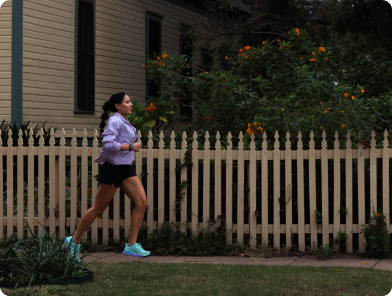

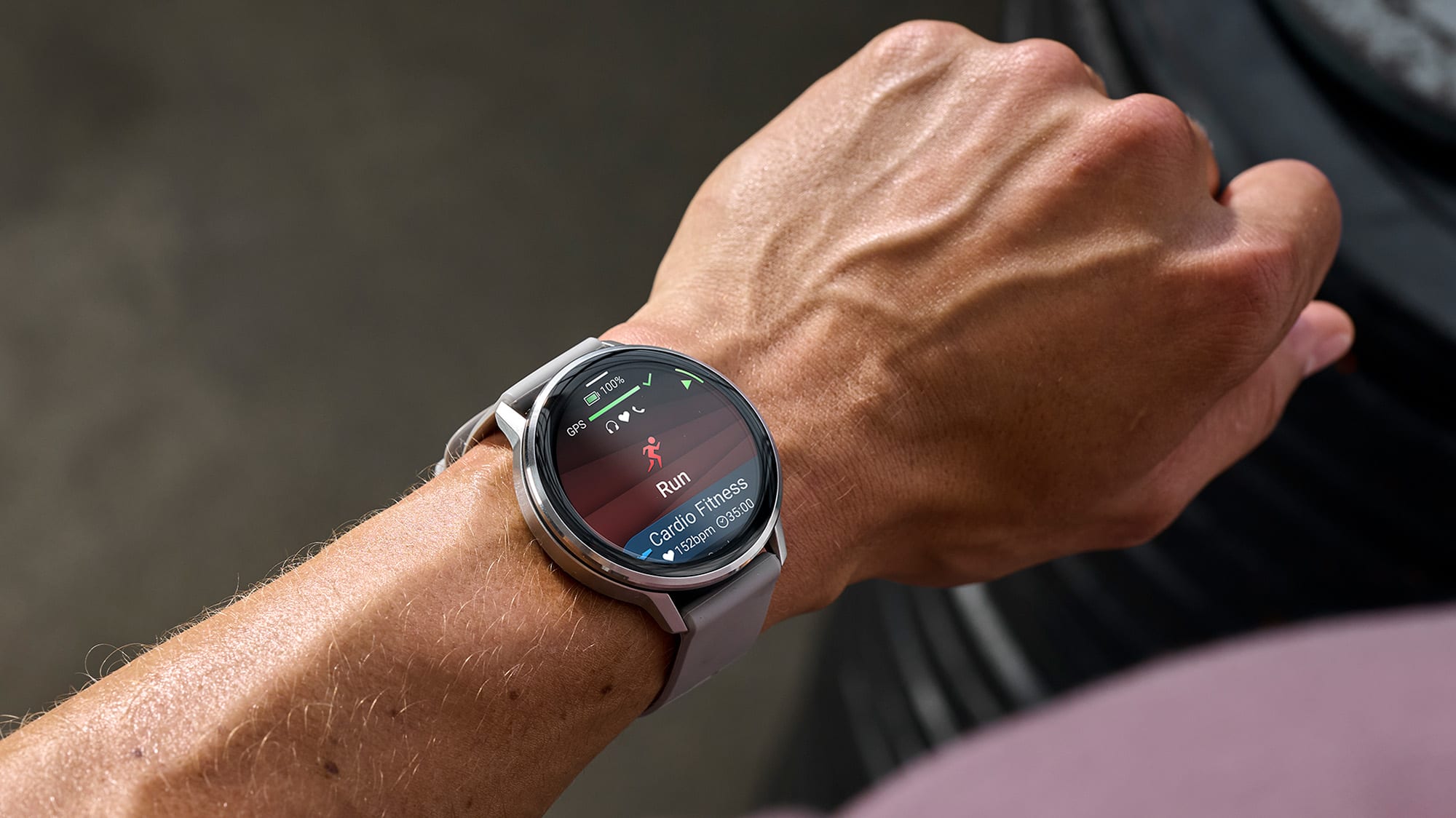
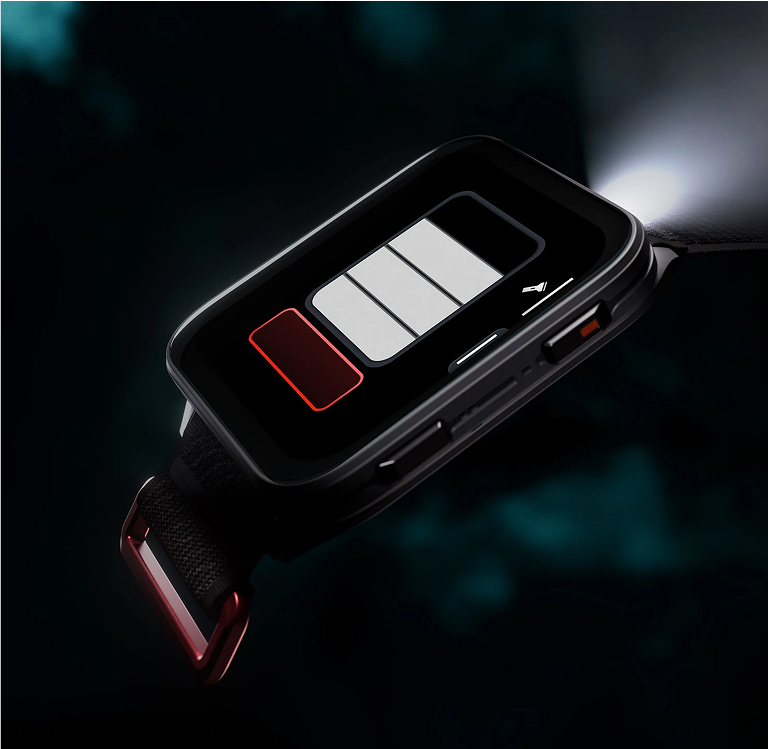
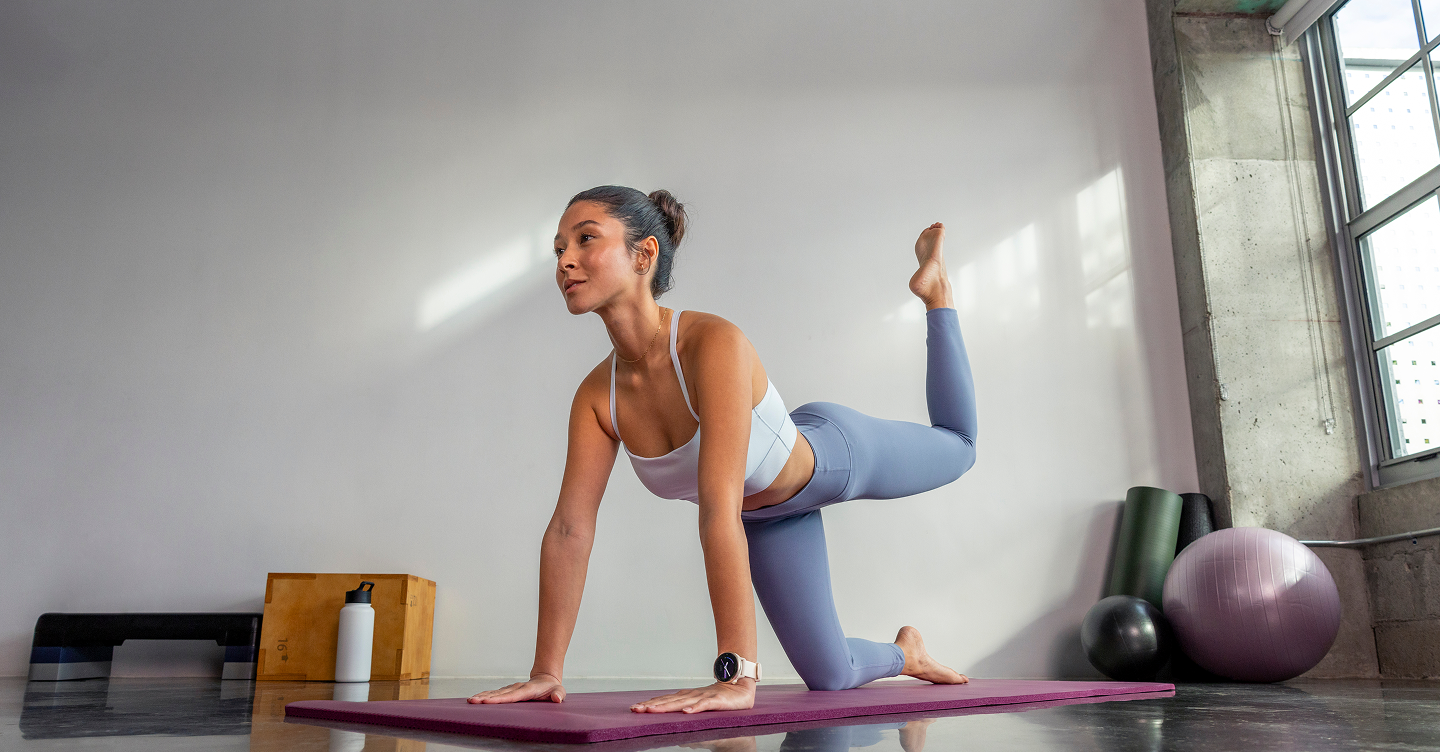
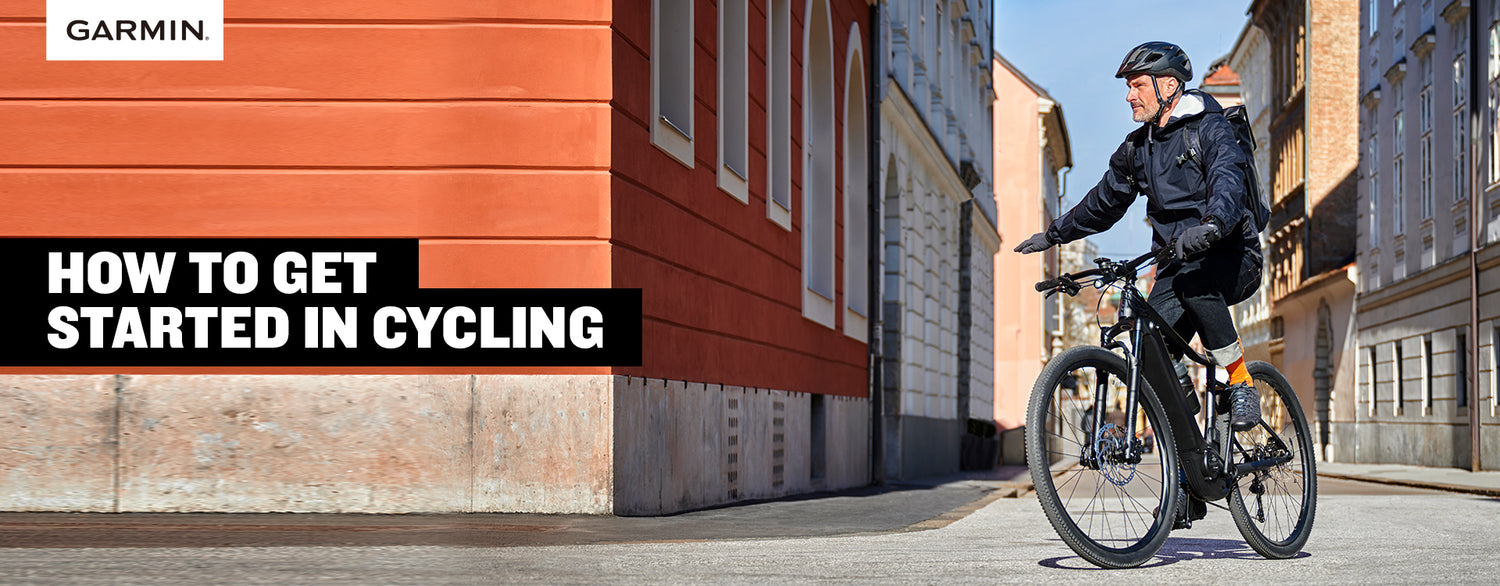
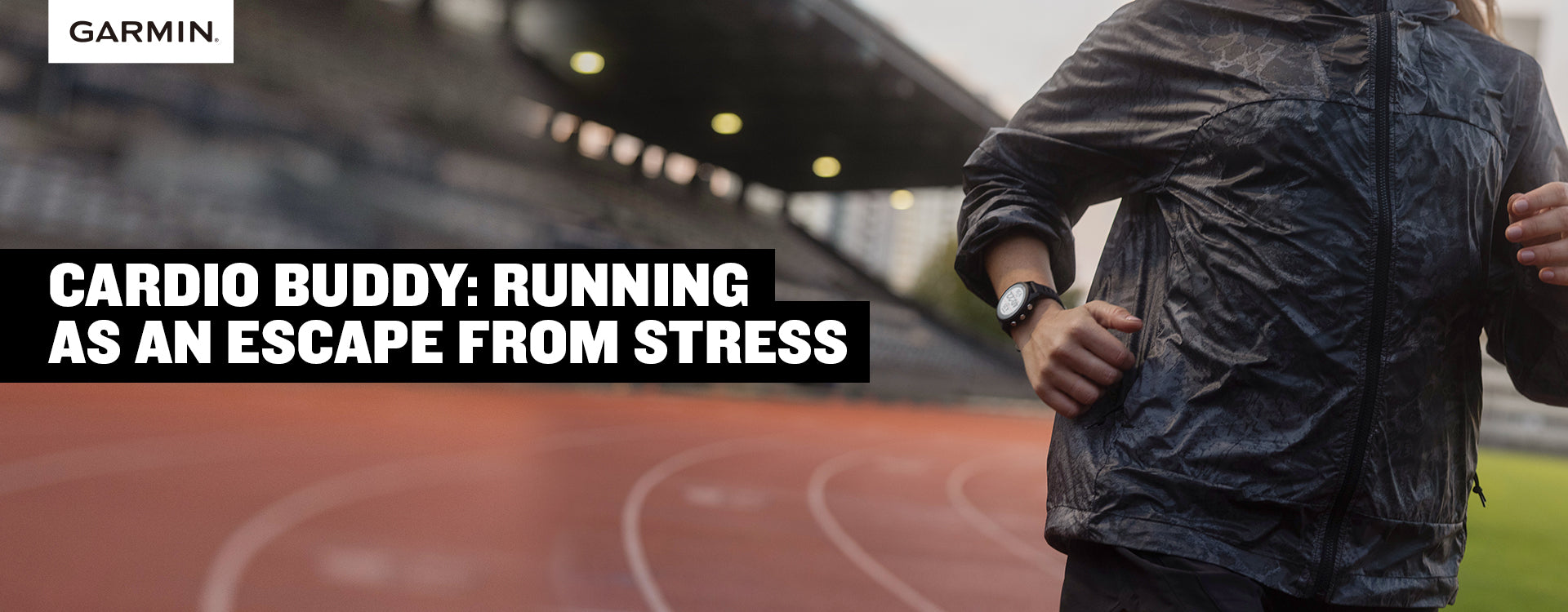
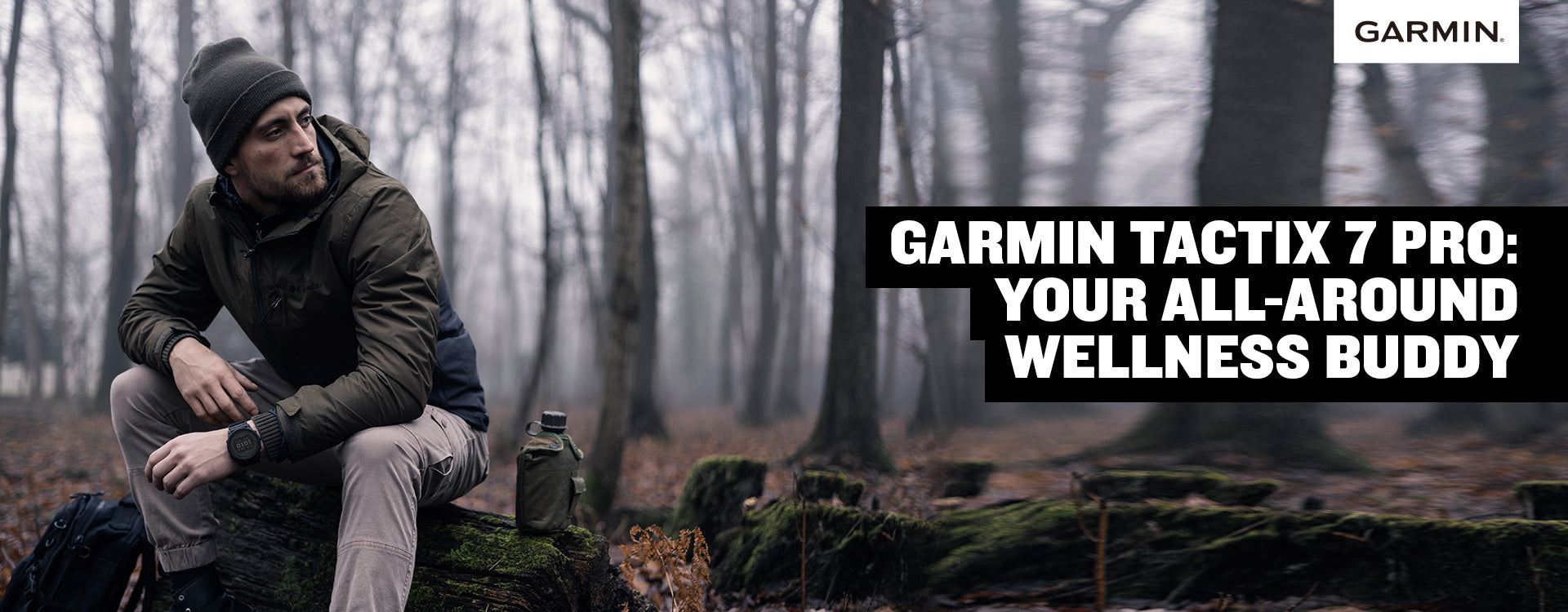
Leave a comment
All comments are moderated before being published.
This site is protected by hCaptcha and the hCaptcha Privacy Policy and Terms of Service apply.